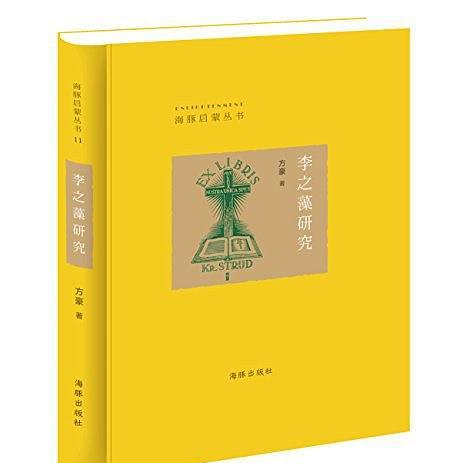When studying the history of the Chinese Church history in the 17th century, people are often awed by the legendary Matteo Ricci. In addition to Ricci, three Chinese men deserve equal respect. Known as the ‘three pillars’ of the Chinese Church, they were Xu Guangqi (Paul), Li Zhizao, and Yang Tingjun (Michael).
Xu was the most famous of the three. Even though Li Zhizao lived in more obscurity, he made equally outstanding contributions to the Chinese Church and cultural exchanges between China and the West.
Li Zhizao (1565-1630), who was from Hangzhou, Zhejiang Province, was a famous scientist in the Ming Dynasty (1368-1645). He was knowledgeable in astronomy and mathematics. He became a candidate in the highest imperial examinations in 1598. After meeting the erudite and literate Matteo Ricci, Li was so amazed he decided to be a student of Ricci.
In his study of Western science and culture with Ricci, he accepted the gospel and was baptized. When he returned to Hangzhou for his father’s funeral back, Li brought with him two missionaries from the Society of Jesus, Lazzaro Cattaneo and Nicolas Trigault, to preach the gospel there.
In 1603, when Li Zhizao was the Head of the Fujian Provincial School Examinations Board, he incorporated astronomy into the provincial school examination system. This was a breakthrough in China. In 1613, when he worked as the Deputy Minister of Agriculture, headquartered in Nanjing, he proposed that the royal court adopt the Western calendar.
In 1629, the royal court established the Calendar Bureau. Li Zhizao and Xu Guangqi served as directors. They worked with missionaries, Niccolo Longobardi and Johann Adam Schall von Bell, to do translation work and revise the calendar.
Li Zhizao contributed to academia by translating various Western works in literature, astronomy, mathematics, and geography. He translated works in the field of Cosmology as well as Aristotle’s Logics, Proportions, and the Great Universal Geographic Map. His co-translation work with Ricci, “Arithmetic,” was a Chinese compilation of Western systematic mathematics. He also edited the "Introduction to Catholicism", which was an important contribution to Sino-Western cultural communications.
In 1625, a stone monument was excavated in Xi'an. An introduction to the monument was carved on the stele and its title read "Nestorians’ Missionary Achievement in China". The introduction was written in 1,780 Chinese characters and lines of Syrian script. The monument caused a great sensation among Catholic missionaries and Chinese believers at the time. Li Zhizao was delighted by the discovery and composed a prologue entitled "In Awe of the Nestorian Monument." Because of this discovery, my country’s scholars do not have to research when the gospel reached China. Reading from a monument that was carved more than a thousand years ago, I learnt that Christianity was prominent and developed on a large scale at that time. So he and many scholars called themselves the "Post-Nestorian Disciples." Li Zhizao was also one of the earliest scholars in China to pay attention to and study the Nestorian monument and tell the Chinese people about how the gospel came to China.
The book The Contribution of Li Zhizao written by the famous Catholic historian Father Fang Hao is a great work that dives into oceans of dust-covered historical materials at home and abroad to illustrate Li's life. In this book, we learn about Li's main deeds, works, and his faithful journey. At the same time, we see the faithful lives of Chinese scholars in this era of great changes in the late Ming Dynasty (1600-1645).
- Translated by Charlie Li











